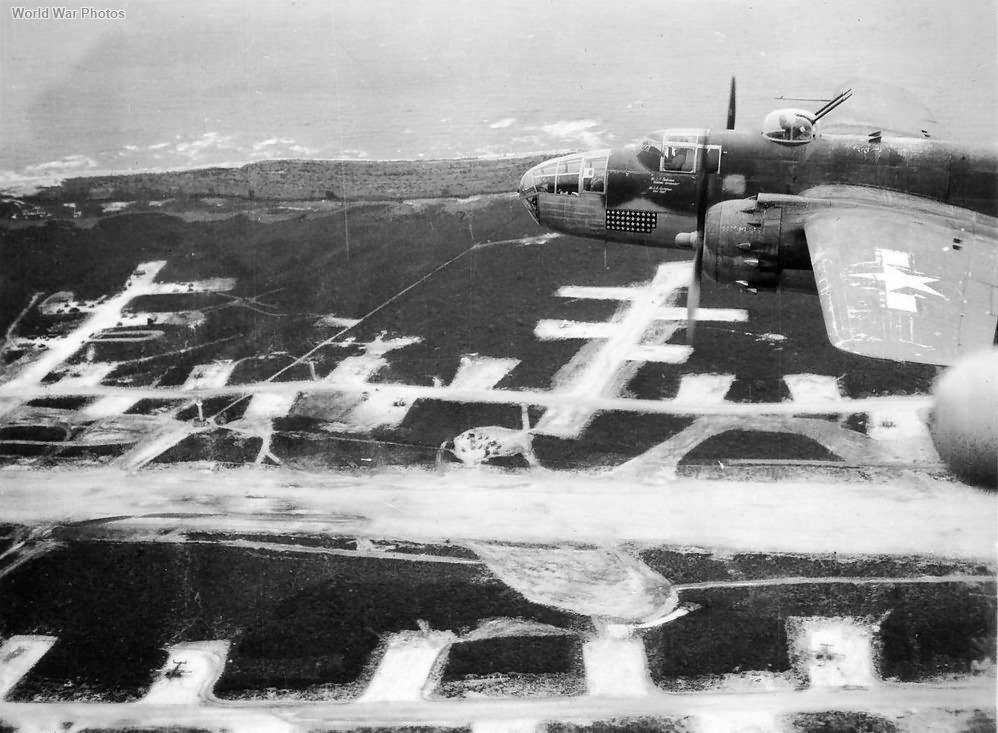In November 1942, the 321st Bomb Group (BG), led by Colonel Robert D. Knapp, became the third B-25 Mitchell unit assigned to the Mediterranean Theater of Operations (MTO). This group, comprising the 445th, 446th, 447th, and 448th Squadrons, undertook a phased relocation from its original base in French Morocco to various locations in Algeria, including Ain M’lila, Berteaux, and later Dar el Koudia. The group’s operations during the first three months of 1943 primarily focused on anti-shipping missions, a critical aspect of disrupting Axis supply lines.
Anti-Shipping Operations and Tactics
The 321st BG’s early operations involved conducting sea sweeps that often brought them into contact with Siebel ferries, which were shallow-draft vessels heavily armed with short-range anti-aircraft (AA) guns. These ferries, acting as escorts for small convoys, presented a significant threat to the attacking aircraft. Colonel Knapp devised an innovative tactic to mitigate this threat: a coordinated, dual-level attack.
This tactic involved sending approximately twelve B-25s to execute a high-level bombing run from an altitude of 8,000 to 10,000 feet. This initial wave served as a distraction, drawing the attention and fire of the German AA gunners. Simultaneously, a second group of six B-25s would execute a low-level, masthead-height attack. These aircraft would time their strafing and skip-bombing runs to coincide with the high-level bombing, overwhelming the convoy’s defenses with a barrage of bombs and gunfire from different altitudes.
Skip-Bombing and Casualties
For the low-level attacks, the 321st BG used 500-pound bombs with delayed-action fuses, a technique that allowed the bombs to skip across the water and hit their targets while giving the attacking aircraft enough time to escape the blast radius. Despite the effectiveness of this approach, these missions were extremely perilous. The German flak gunners quickly adapted, recognizing that the greatest danger came from the low-flying bombers. They responded by putting up intense walls of AA fire, making these attacks incredibly hazardous. It was not uncommon for two out of the six low-level B-25s to be shot down during these missions, and the 321st BG considered it a fortunate day if they returned without heavy losses.
Leadership and Challenges
Colonel Knapp, initially leading some of these dangerous low-level attacks himself, was eventually persuaded by his squadron commanders to step back from this direct involvement. Concerned about the risk of losing their commanding officer – who was also in charge of the entire 57th Bomb Wing – the squadron leaders insisted on taking turns leading these hazardous missions. Reluctantly, Knapp agreed, understanding the necessity of preserving leadership while ensuring the continued effectiveness of the group’s operations.
